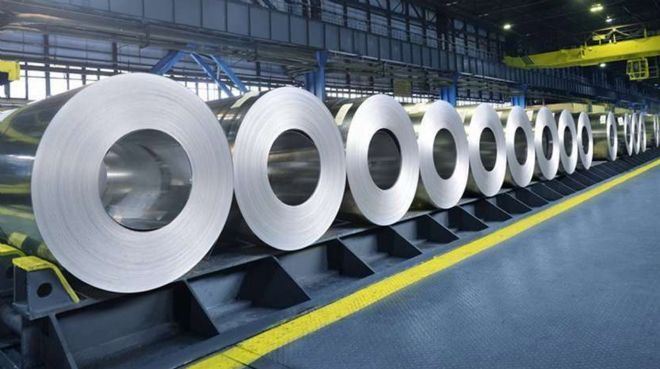This data, reported by the American Iron and Steel Institute (AISI) and based on preliminary figures from the Census Bureau, indicates a temporary spike in imports despite a broader downward trend over the past year.
Year-to-date figures for both total and finished steel imports remain unchanged from 2023, yet over the 12-month period from April 2023 to March 2024, total imports decreased by 5.7% and finished steel by 10.7% compared to the previous year. The market share for imported finished steel stood at an estimated 23% in March, with a three-month average of 22%.
Significant increases were observed in several categories of steel products in March compared to February, including line pipe, which saw the most substantial jump at 118%. Other products such as plates in coils, hot rolled sheets, mechanical tubing, and hot dipped galvanized sheets and strips also saw notable increases.
The primary suppliers of steel to the U.S. in March were Canada, Brazil, South Korea, Mexico, and Japan. Canada remained the largest supplier despite a slight annual decrease, while Brazil recorded a substantial increase in its exports to the U.S.
Amidst these developments, the AISI has endorsed President Joe Biden’s recent proposal to consider tripling the current Section 301 tariff on Chinese steel. Kevin Dempsey, president of the AISI, emphasized the indirect impact of Chinese steel exports on the U.S. market, often through intermediate processing in third countries.
Dempsey also expressed strong appreciation for the Biden administration's ongoing efforts to combat these unfair trade practices, which pose significant challenges to American steel producers and their workforce.









Comments
No comment yet.